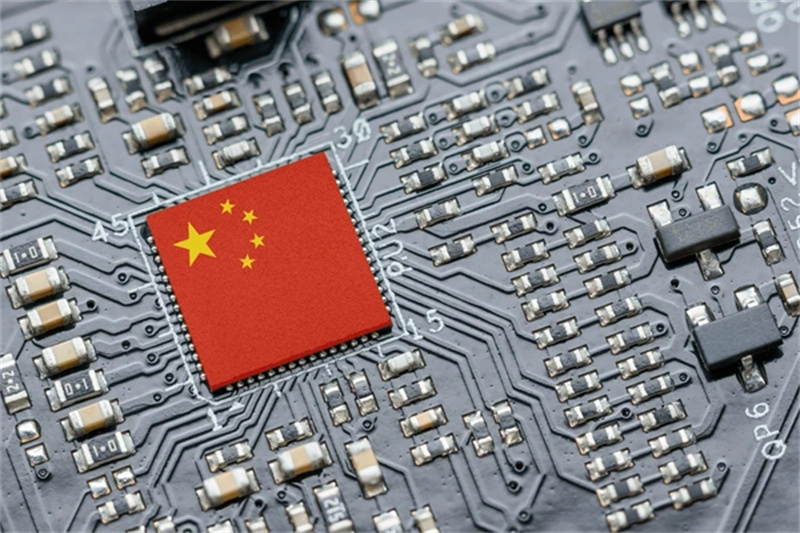Mainland China maintained its position as the top supplier of printed circuit boards (PCBs) to the United States in 2024, even with the 25% additional tariffs in place since 2018. Taiwan region followed closely, significantly narrowing the gap in export volume. In contrast, South Korea's exports to the U.S. declined compared to the previous year.
According to a recent report by KOTRA (Korea Trade-Investment Promotion Agency), the U.S. PCB market continues to rely heavily on low-cost overseas products, limiting the growth of domestic manufacturers. PCBs are critical components used to connect and support electronic parts and are found in nearly all electronic devices.
Citing data from IHS Markit, KOTRA noted that U.S. PCB imports reached approximately $2.6 billion in 2024, up 9.39% from the previous year. Mainland China accounted for 30.4% of the total, or about $788 million, slightly up from $744 million the year before.
Mainland China's dominance stems from its large-scale manufacturing capacity and cost efficiency, which helped it stay ahead in the U.S. market despite the tariffs. Since 2018, the U.S. has imposed an additional 25% tariff on PCBs imported from mainland China. Still, for three consecutive years (2022–2024), mainland China remained the largest exporter.
However, recent shifts in U.S. trade policy may alter this dynamic. With the start of a second Trump administration, another 10% tariff was imposed in February 2025, followed by an additional 10% in March — bringing the total to 45% for mainland China in some cases. Furthermore, the U.S. recently announced a universal base tariff of 10% on imports from all countries, while "reciprocal tariffs" for major exporters like mainland China, Japan, and South Korea vary — mainland China now faces a 34% rate. Notably, specific sectors such as semiconductors are exempt.
Amid these changes, Taiwan region has made rapid inroads into the U.S. market. PCB imports from Taiwan rose 46% year-over-year, from $518.6 million in 2023 to $757.3 million in 2024 — narrowing the gap with mainland China to just $31 million. Taiwan's share now stands at 29.2%.

KOTRA noted that Taiwan region has shown particular strength in high-end PCBs for semiconductors and network equipment. Leading manufacturers such as Unimicron already supply global tech giants like Apple, Nvidia, and Intel, benefiting from rising demand in the U.S. for semiconductors and servers.
Japan followed with a 6.5% market share ($168.6 million), while South Korea accounted for 5.6% ($143.9 million). Korean companies, once key suppliers in the U.S. PCB market, appear to be losing ground to rising Taiwanese competition.
In response, the U.S. is pushing for legislation such as the "Protecting Circuit Boards and Substrates Act," which would offer a 25% tax credit to companies purchasing domestically produced PCBs and provide financial incentives for U.S.-based PCB manufacturers.
KOTRA concluded that the U.S. demand for advanced PCB technologies remains strong, and there are ongoing efforts to diversify supply chains. This presents an opportunity for Korean firms to expand their footprint in niche markets such as high-density interconnect (HDI), RF, and semiconductor substrates.
Note: This article references international trade data that separates figures for mainland China and the Taiwan region, in line with global statistical practices. This separation reflects differences in supply chains and customs reporting and does not imply a political distinction.
+86 191 9627 2716
+86 181 7379 0595
8:30 a.m. to 5:30 p.m., Monday to Friday
